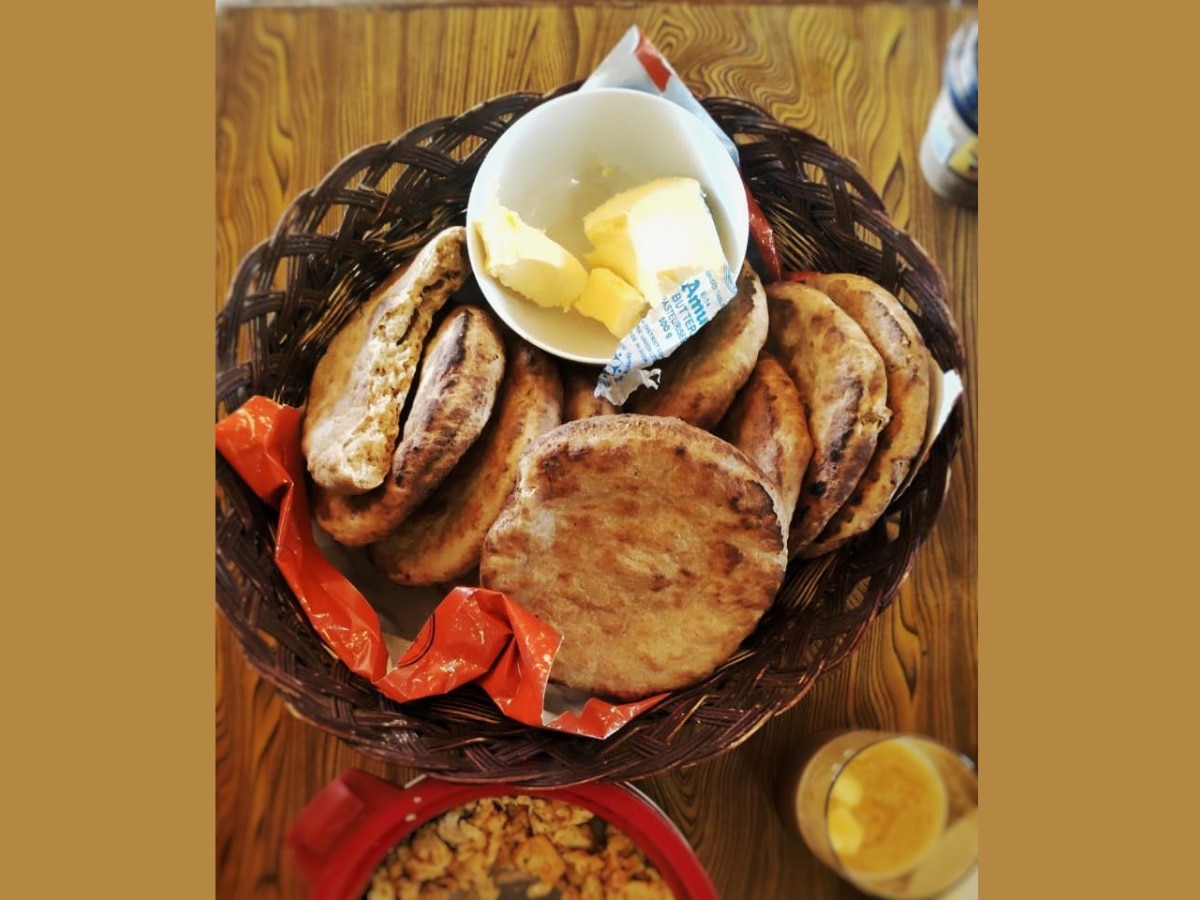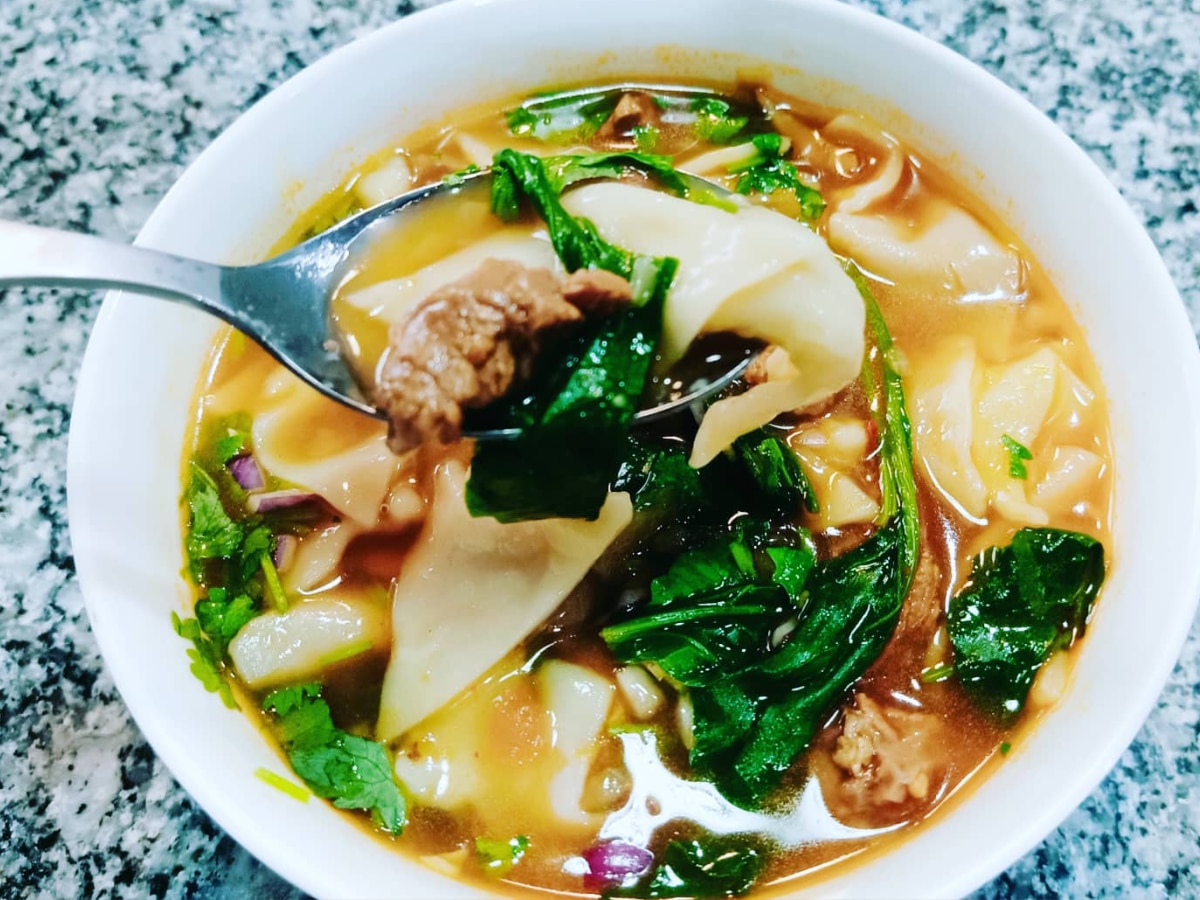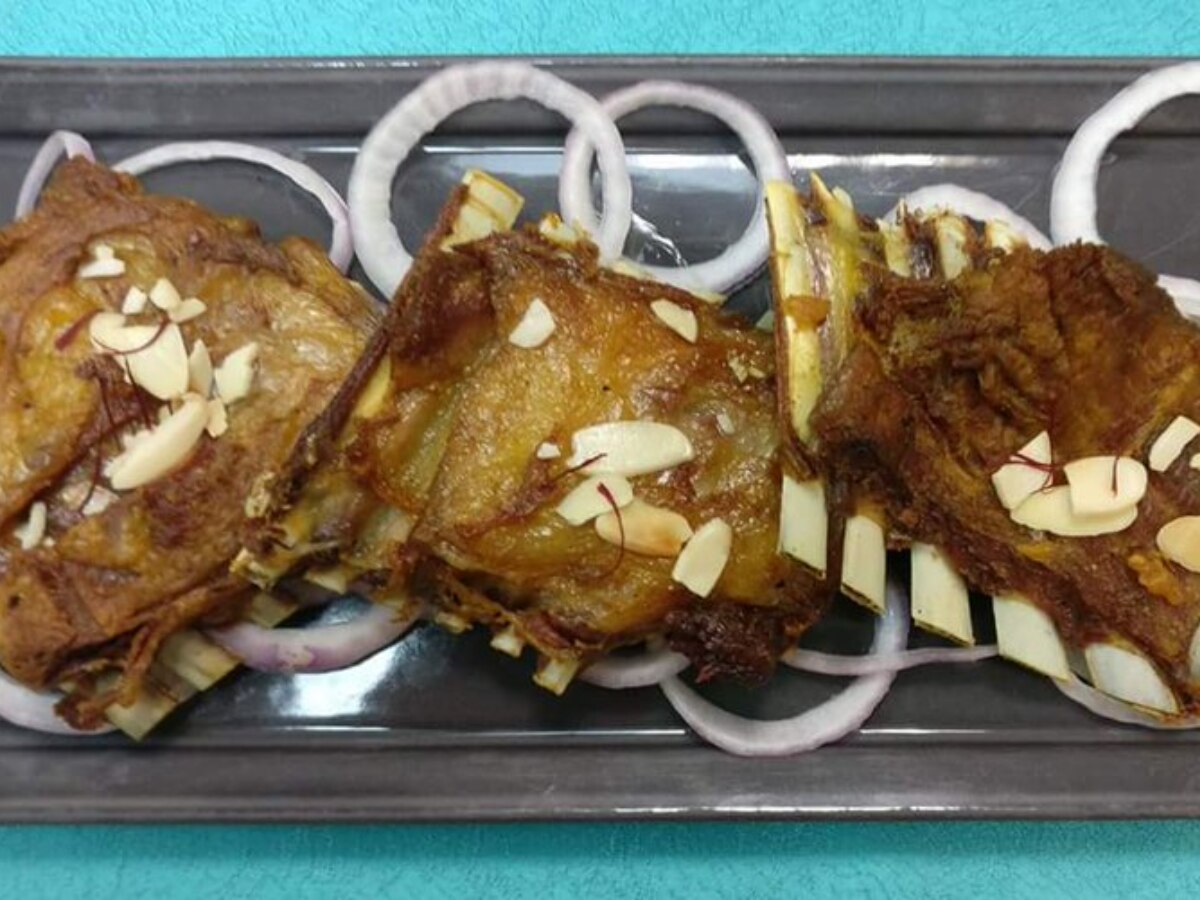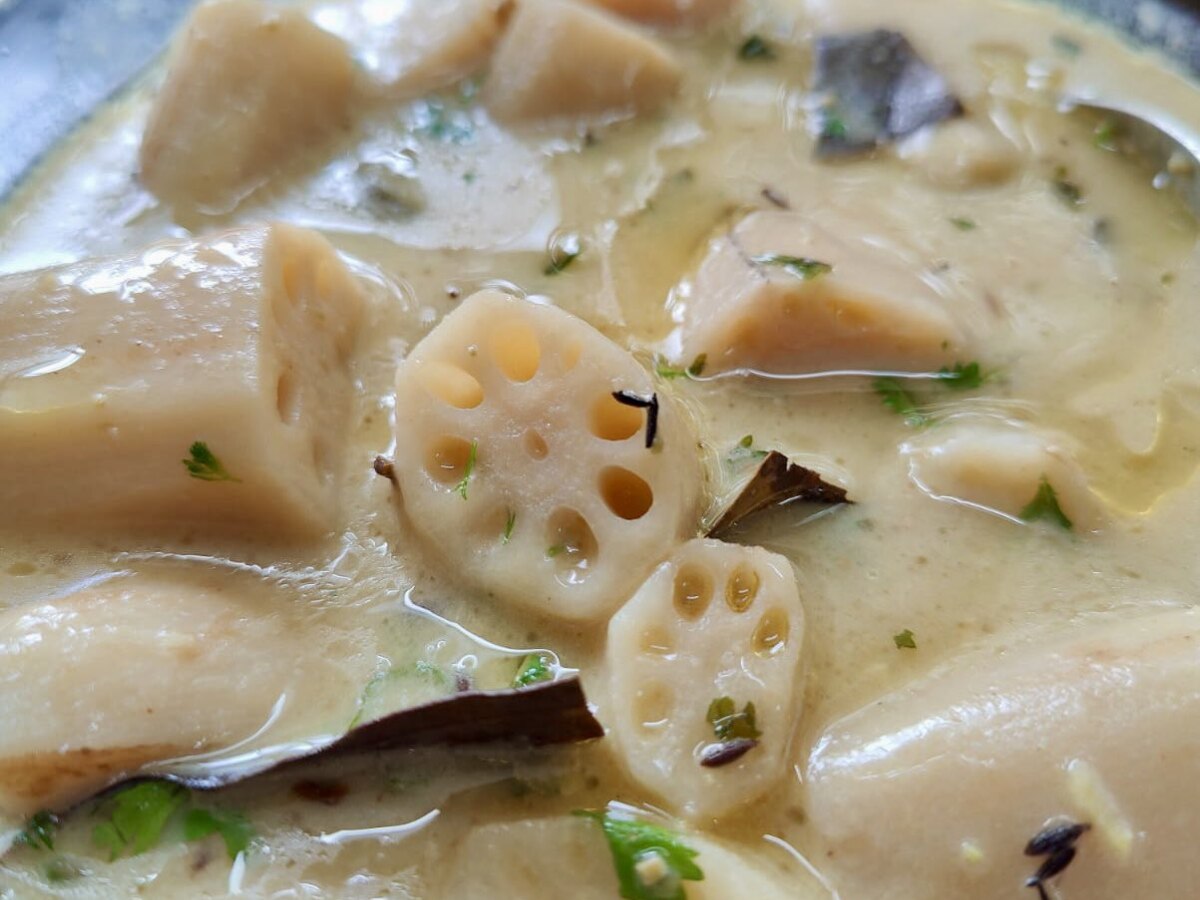New Delhi: In our country, the food differs to the extent that many cuisines coexist in an area with the same geography and climate. Two specialities come to mind while discussing Kashmir valley food- one is called Wazawan, and the other is a more traditional Kashmiri Pandit cuisine.
Over many centuries, Kashmiri food has transformed. The cuisine of the Pandits, who were the valley’s Hindus, and the Buddhists of Kashmir was the first significant effect. Following Timur’s invasion of Kashmir, civilizations from the area that is now modern-day Uzbekistan had an impact on the cuisine.
Talking about Wazawan, it is a spread of more than 36 dishes that are prepared throughout the night by a group of chefs known as “wazas” who work under the direction of a “Vasta Waza” or master chef. The meal is recognized by its thick gravies, which are typically prepared with ghee or mustard oil and liberally flavoured with yoghurt, spices, and dried fruits.
Locally cultivated saffron is widely used to flavour pulao (rice dishes) and sweets. The popular dishes include yakhni, tabaq naat made of fried ribs, dum aloo, rogan josh with mutton, goshtaba- a meatball curry, and haleem composed of meat and pounded wheat.
Here are some mouth-watering dishes from Kashmiri cuisine:
1. Goshtaba:
Kashmiri cuisine’s most well-known dish, goshtaba, is typically served toward the end of the dinner. Eating it at the end helps in digestion since it is a yoghurt-based dish. The most important part of this dish is freshly slaughtered meat. Goshtaba is particularly difficult to make when the meat gets cold since it has a highly spongy texture. Additionally, the heat produced during pressing the meat can cause it to begin cooking. So, pounding the meat requires a high level of skill and is often done with a wooden pestle.
2. Khambir:
In Ladakh, we recommend Khambir with butter tea if you want to experience something different. Khambir, a speciality of Ladakh, is a pan-shaped native bread with a thick crust made from local whole wheat. It is eaten with butter tea, which is formed by combining tea with salt and butter.

3. Knock:
This is a noodle soup from Leh. It is made using a dough made of wheat flour, and mixed vegetables, and, to improve the dish’s flavour and nutritional content, some chunks of mutton or yak meat are added. Thenthuk uses irregular bits of noodles combined with dough made from wheat. Because it is so filling, it is typically eaten for lunch or dinner.

4. Tabakmaaz:
Traditionally prepared in Kashmir, Tabakmaaz is a popular Indian cuisine made up of Lamb ribs, oil or ghee, salt, cardamom, ginger, cloves, turmeric, and other spices.
The ribs are boiled with garlic and separated into pieces, and the reserved cooking water is brought to a boil in a pot. Salt, turmeric, cardamom, ginger, and other seasonings are added to the pot with the ribs. In a frying pan with ghee or oil, the ribs are arranged after the bones have been removed. To lock in the taste, they are deep-fried until well-browned. Once drained from the oil, Tabakmaaz is ready to be served.

5. Nadru Yakhni:
Nadru yakhni is a traditional Indian curry originating from Jammu and Kashmir. Although there are many variations, the curry is often prepared using a mixture of lotus roots, ghee, cardamom, cloves, cinnamon, aniseed, ginger, yoghurt, and salt.
In ghee, the ginger and aniseed are cooked with the spices; salt is then added to the mixture, which is then cooked with the added lotus roots until it reaches the desired tenderness. The curry is cooked for a few more minutes over low heat before the yoghurt is added to finish the dish.
It is advised to serve Nadru yakhni alongside steaming rice and naan or other comparable Indian flatbreads.
